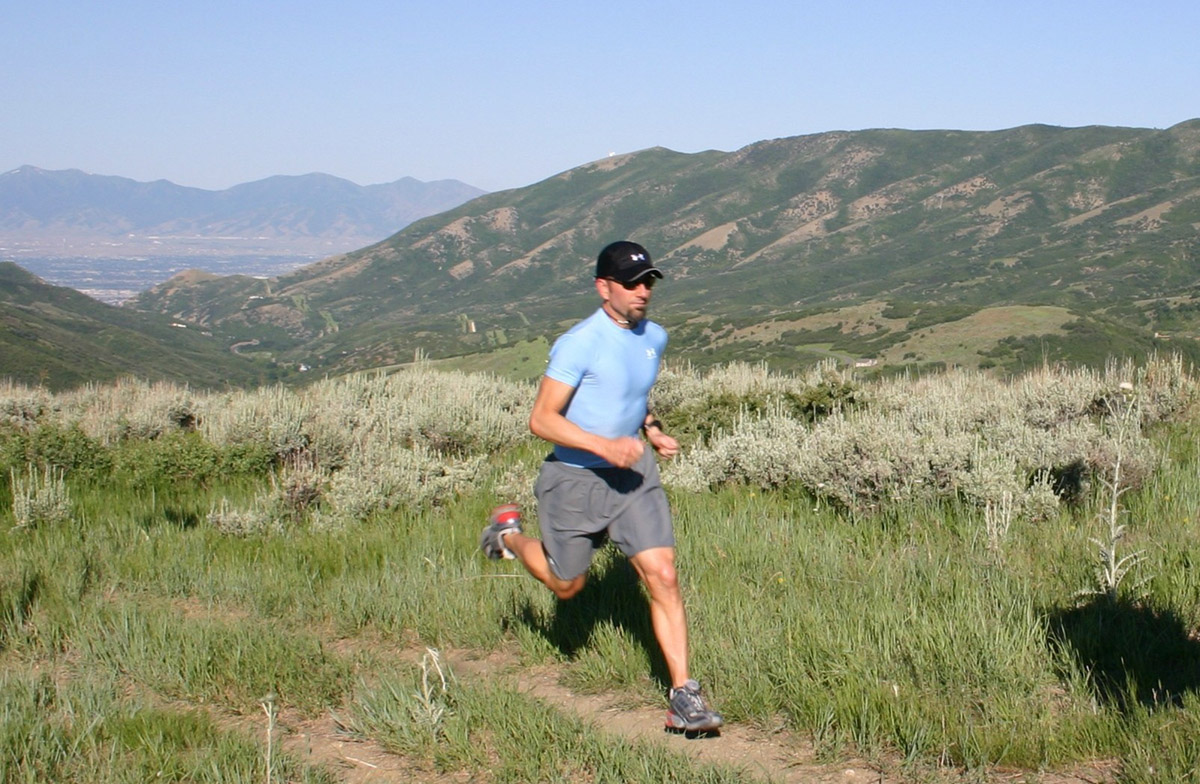
Introduction
It is quite common for legs to hurt after a long running session, so that means that most runners experience painful legs. One should worry if the pain experienced after the running is normal for the particular level of experience and fitness. If one experiences pain that occurs during the actual running and if it even gets progressively worse, the running session needs to be stopped immediately.
These types of pains and aches are not normal for runners. Those types of aches and pains are usually common after the running session. They are caused by tightening up of the muscles due to prolonged fatiguing effort but they do not have anything to do with any injuries or traumas. The sensations can be described as stiffness, soreness or tightness. This type of pain is most likely to occur in hip-flexors, quads, glutes and hamstrings.
Causes, Explanations and Tips
The main cause of the pain in leg muscles is the repetitive motion of running. The repetition grows progressively with the length of the running session. After such long runs the muscle run out of energy, they get stretched, they get damaged and fatigued and they need to be repaired. The pain and the stiffness usually kick in a few hours after the running session.
The longer the run, the stronger the soreness of the legs will be. Each new distance usually causes some pain. When a runner pushes out a new distance the last few miles are usually the toughest and they force the body to respond by making significant changes. After the recovery of the body it can be pushed further towards new boundaries. Beginner runners should quite often experience extreme stiffness of the quads which happens especially when a person indulges in marathons.
The pain and the soreness can affect the experienced runners as well, especially after long breaks during the winter season. It is quite normal to feel discomfort, tightness and pain for up to three days after a long and important effort. Experienced runners also require less time to recover than the amateur runners. One should always have some time to recover between two runs. It can be very hard to quantify pain and describe the soreness more specifically but sometimes certain symptoms may be indications of serious concerns.
One should be worried about pains that worsen progressively during the run, pain in the shins, pain that comes back after the run and soreness after shorter, consistent runs. One should always manage the distance accordingly, indulge in ice baths, always stretch before running, indulge in massages and drink plenty of water for proper hydration.








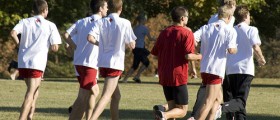


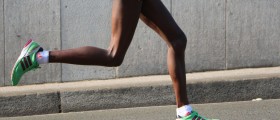

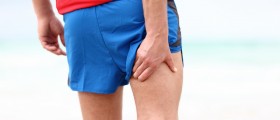
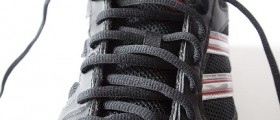


Your thoughts on this
Loading...